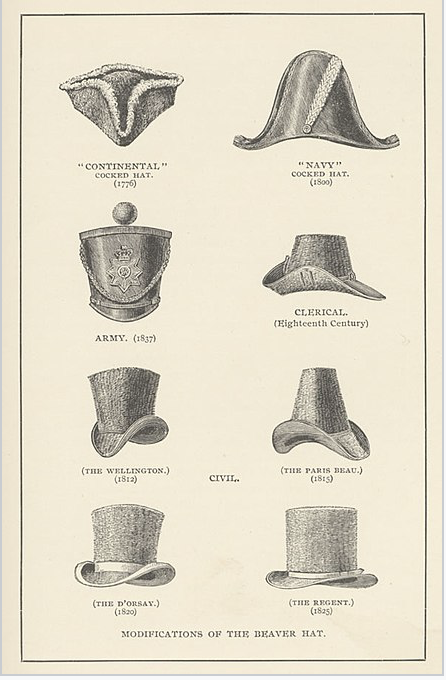 Image 1 of 4
Image 1 of 4

 Image 2 of 4
Image 2 of 4

 Image 3 of 4
Image 3 of 4

 Image 4 of 4
Image 4 of 4





Logo in Texas Flag
We didn’t feel the need to reinvent the wheel when there was already such a good thing available. Our hats are made with Richardson 112’s, the most reliable and best fitting hat available.
We know this is not ground breaking, and doesn’t really fit our portfolio since we didn’t really design anything, but we wear a hat every day, so it might as well be one of ours.
We didn’t feel the need to reinvent the wheel when there was already such a good thing available. Our hats are made with Richardson 112’s, the most reliable and best fitting hat available.
We know this is not ground breaking, and doesn’t really fit our portfolio since we didn’t really design anything, but we wear a hat every day, so it might as well be one of ours.
We didn’t feel the need to reinvent the wheel when there was already such a good thing available. Our hats are made with Richardson 112’s, the most reliable and best fitting hat available.
We know this is not ground breaking, and doesn’t really fit our portfolio since we didn’t really design anything, but we wear a hat every day, so it might as well be one of ours.
History
The history of the cap stretches back through centuries of human civilization. From its early origins as a simple head covering, the cap has evolved and adapted to various cultures, styles, and practical needs.
In ancient times, caps were made from natural materials like animal skins, plant fibers, or woven fabrics. They served as protection from the sun, rain, and cold weather. As societies developed, caps began to signify social status or occupation. For instance, in ancient Egypt, high-ranking officials wore distinctive caps adorned with symbols of power.
During the Middle Ages, caps became integral parts of daily attire. Various styles emerged, including the coif, hood, and wimple, which covered and protected the head. Different caps represented social class, occupation, or religious affiliation. Knights wore helmets, bishops donned miters, and craftsmen wore caps specific to their trade.
The Renaissance and Baroque eras witnessed the rise of elaborate and decorative caps. Feathers, ribbons, lace, and jewels adorned hats, reflecting wealth and fashion. Wide-brimmed hats, such as the plumed cavalier hat, became popular during this period.
In the 18th and 19th centuries, men's caps took on various styles, including the tricorne hat, the iconic headpiece worn during the American Revolution. Women's hats also evolved, from large-brimmed hats in the early 1900s to more streamlined and smaller designs later on.
The 20th century brought significant changes to cap fashion. Men commonly wore caps, such as fedoras, Panama hats, and flat caps, as part of their everyday attire. However, hat-wearing gradually declined over time due to changing fashion trends and societal shifts. Women's cap styles evolved alongside broader fashion movements.
Today, caps continue to be popular fashion accessories and practical head coverings. They serve functional purposes like sun protection and warmth, while also making statements about personal style and affiliations. From baseball caps to beanie hats, there is a wide range of cap styles available to suit individual tastes and needs.
The history of the cap is a testament to human creativity, cultural influences, and the evolution of fashion. Caps have adapted to the changing times, reflecting societal shifts and personal expressions while remaining an enduring and versatile headwear choice.

![[XCENTRIC] FAB CO](http://images.squarespace-cdn.com/content/v1/6283f0335ea76e4bb3449c0d/43f5665e-5949-4a2f-9be8-ea0b6a39f615/Full+Logo.jpg?format=1500w)
![[XCENTRIC] FAB CO](http://images.squarespace-cdn.com/content/v1/6283f0335ea76e4bb3449c0d/7fd0df3e-ec66-4ccb-a399-5c1998feb95d/Full+Logo.jpg?format=1500w)





